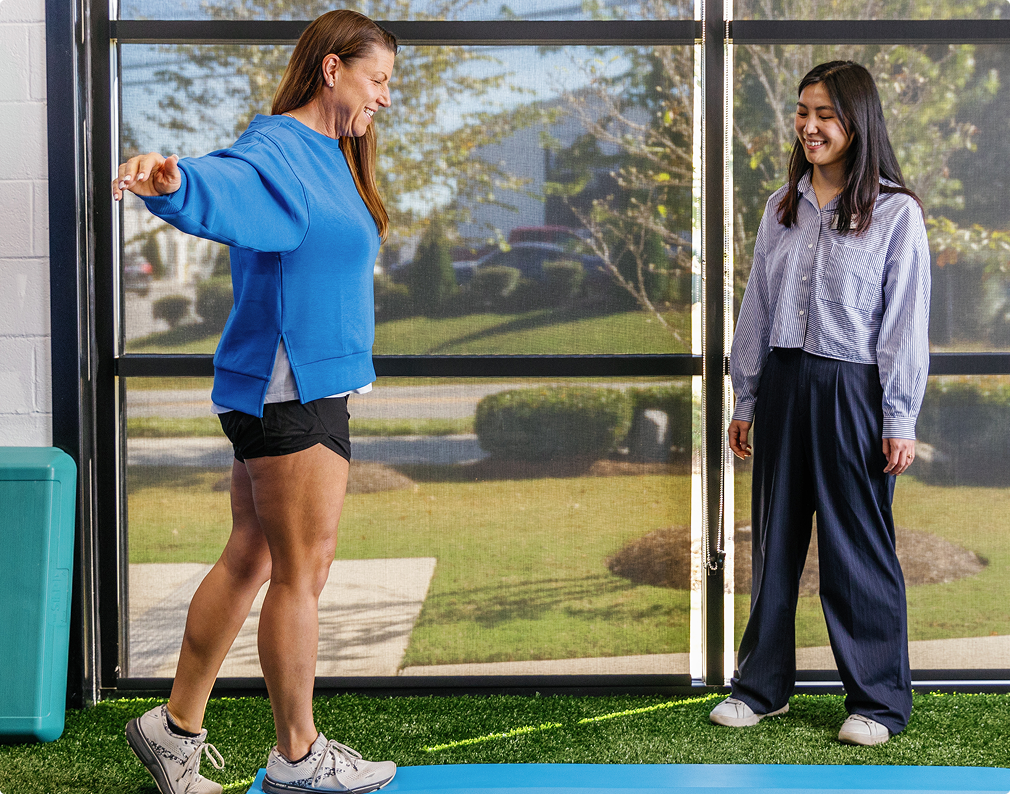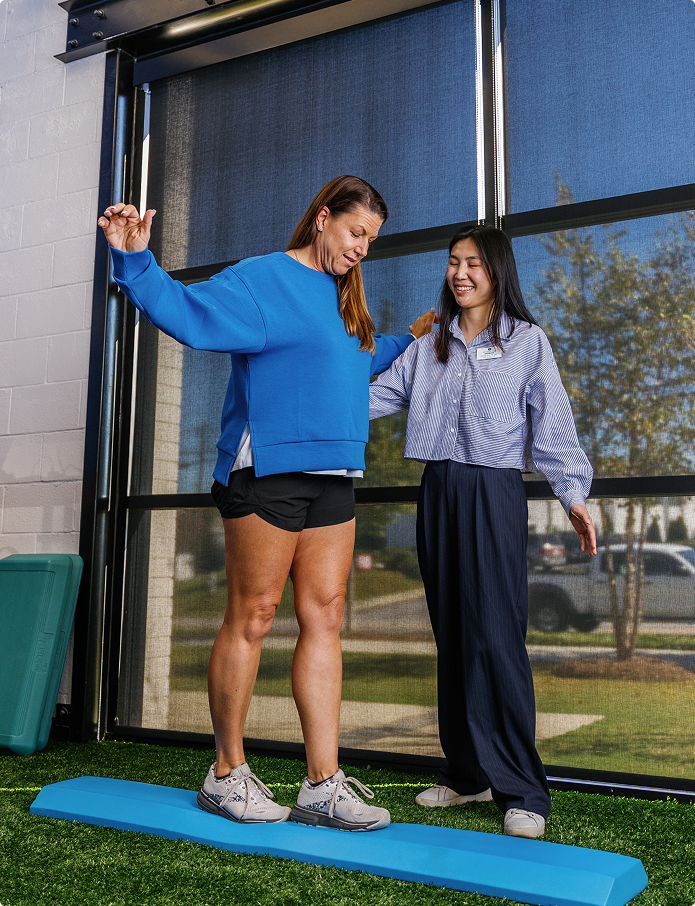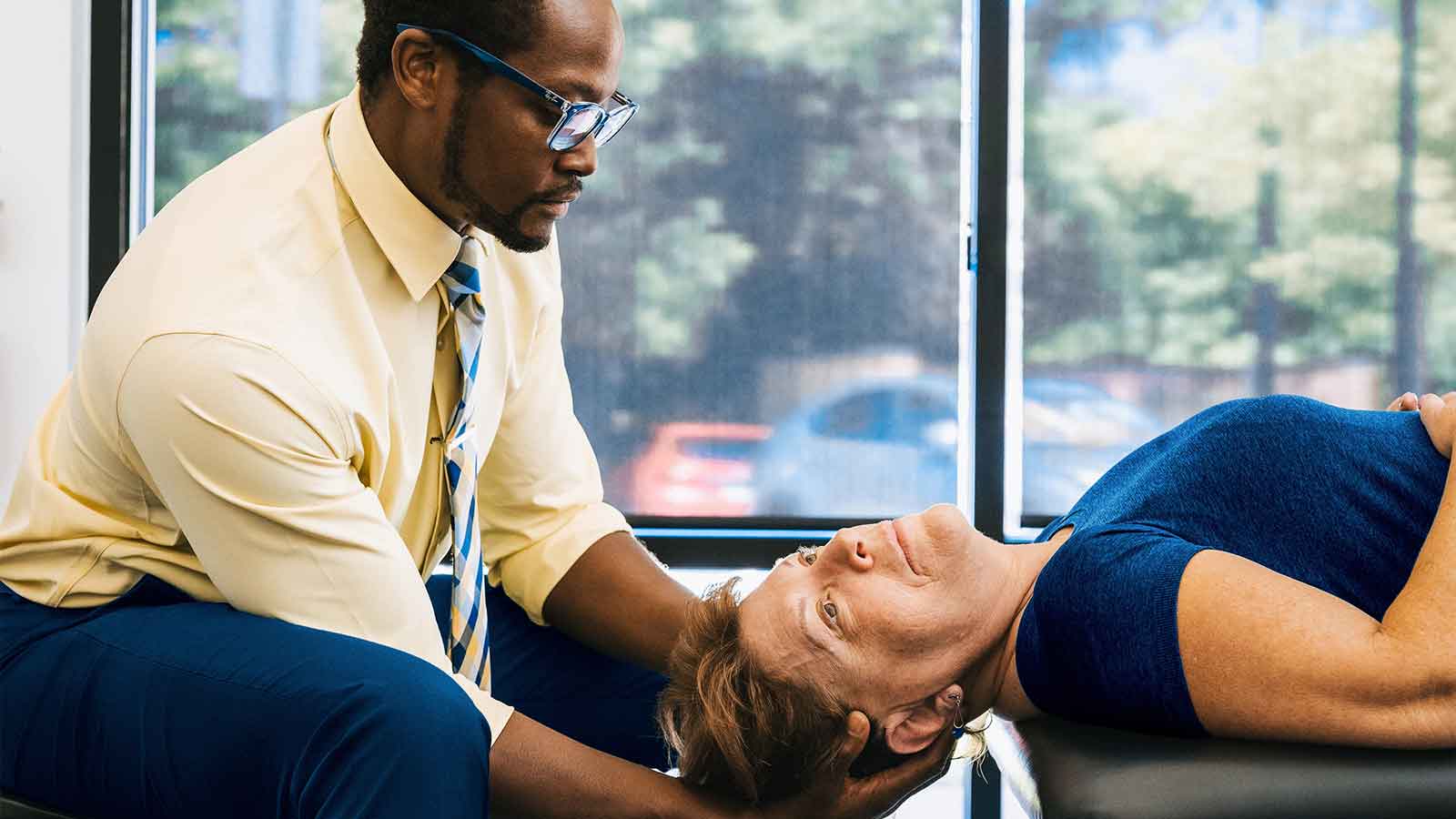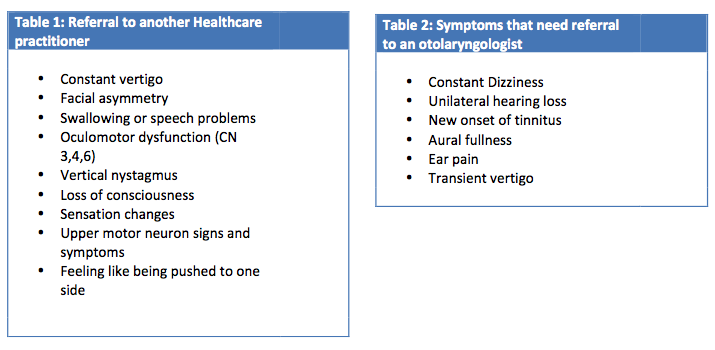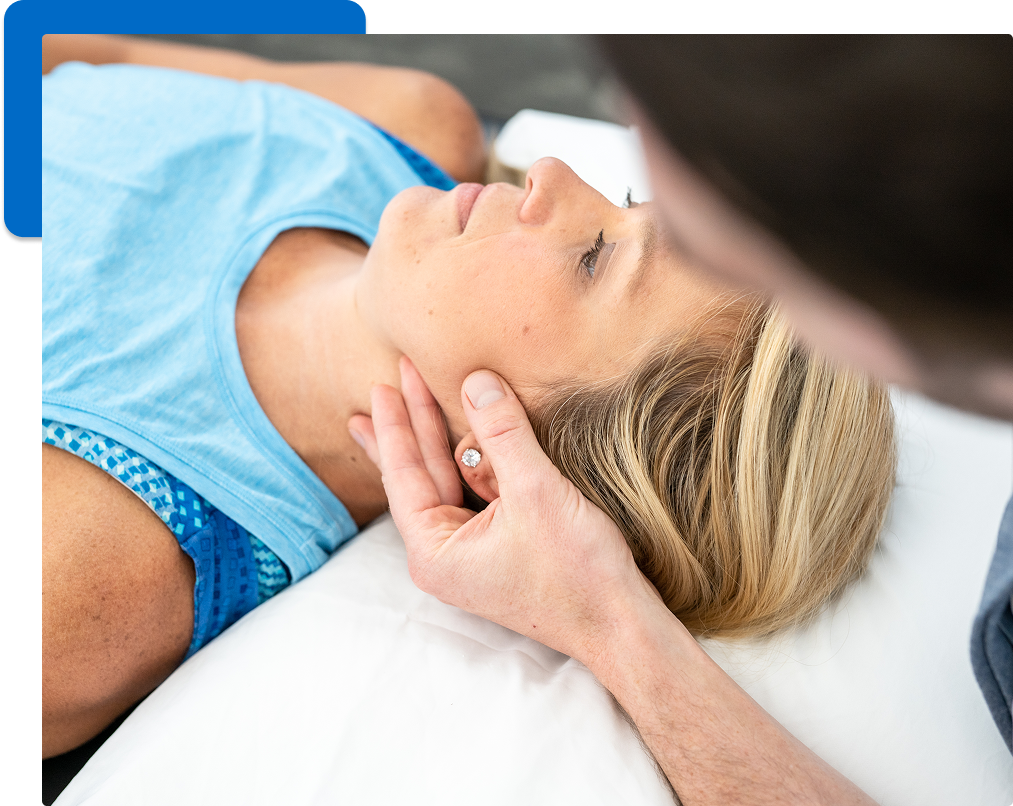
Understanding Treatment
What is Vestibular Therapy?
For those with issues related to dizziness and disorientation, vestibular rehabilitation therapy (VRT) is a part of their physical therapy that focuses on exercises designed by a specialist. The aim of the rehabilitation is to improve balance and reduce problems related to their dizziness.
